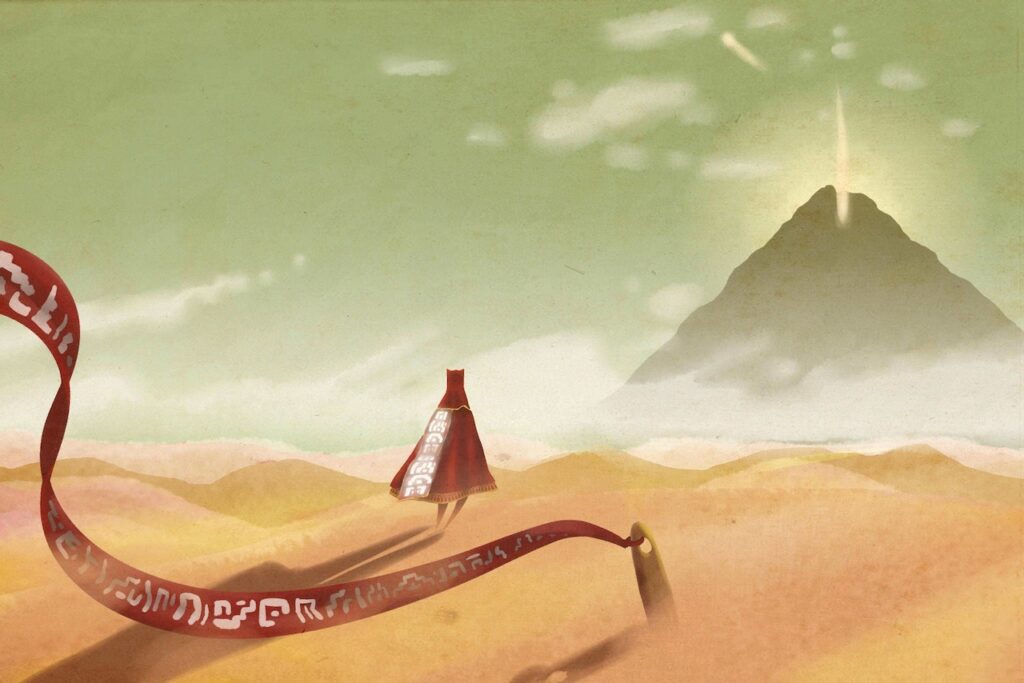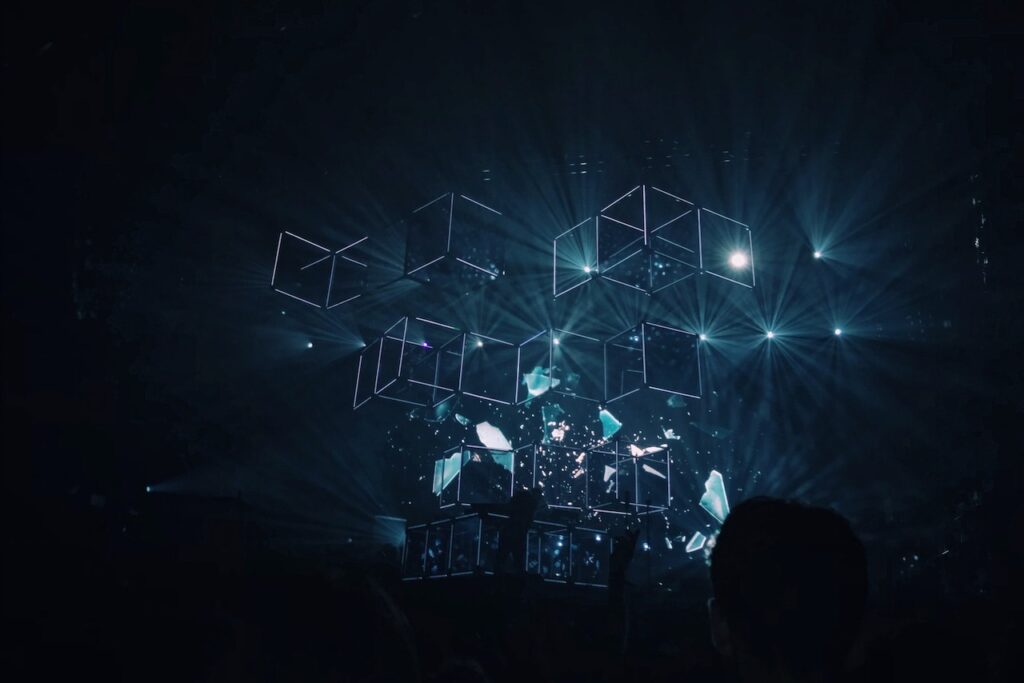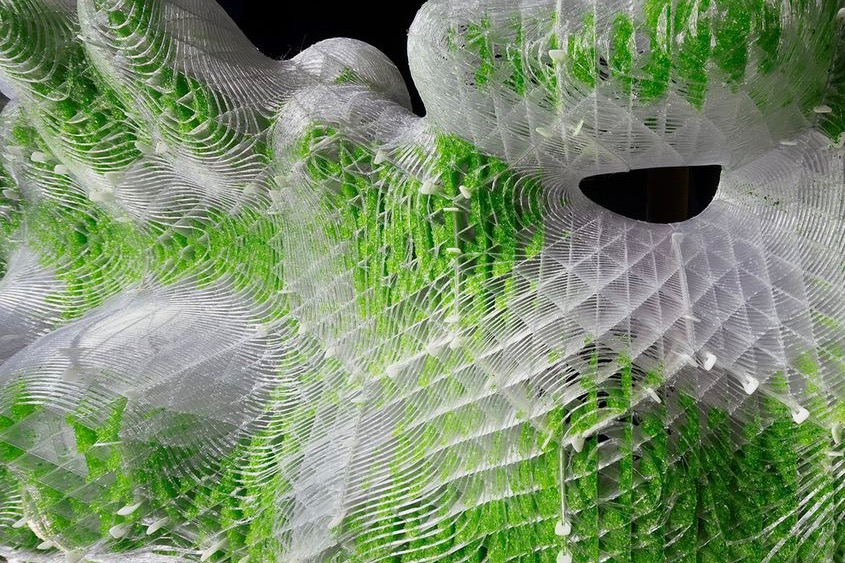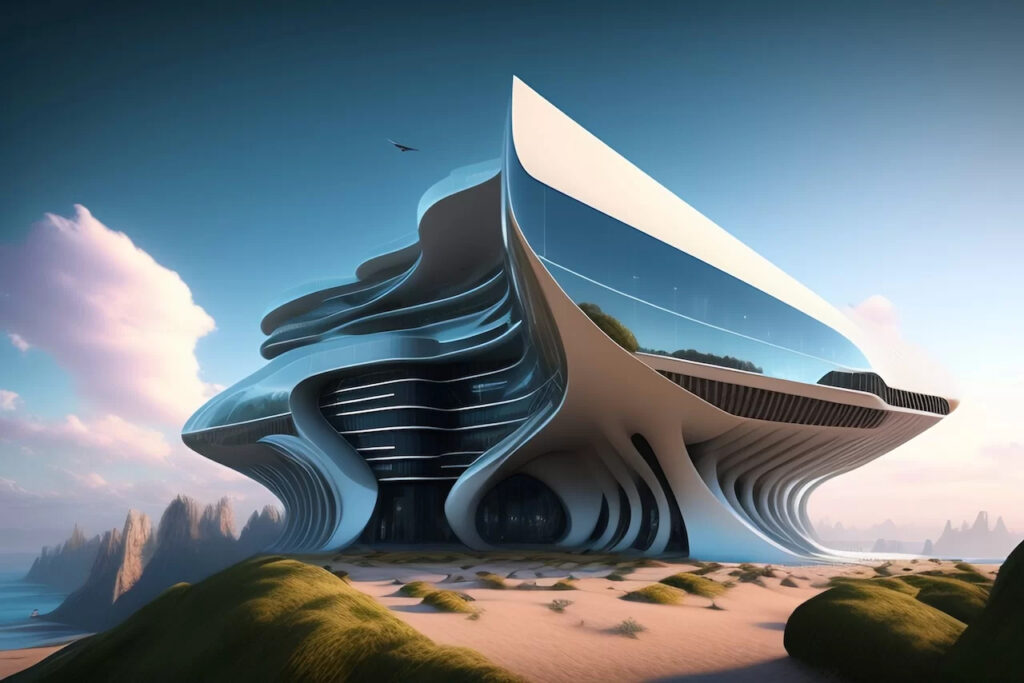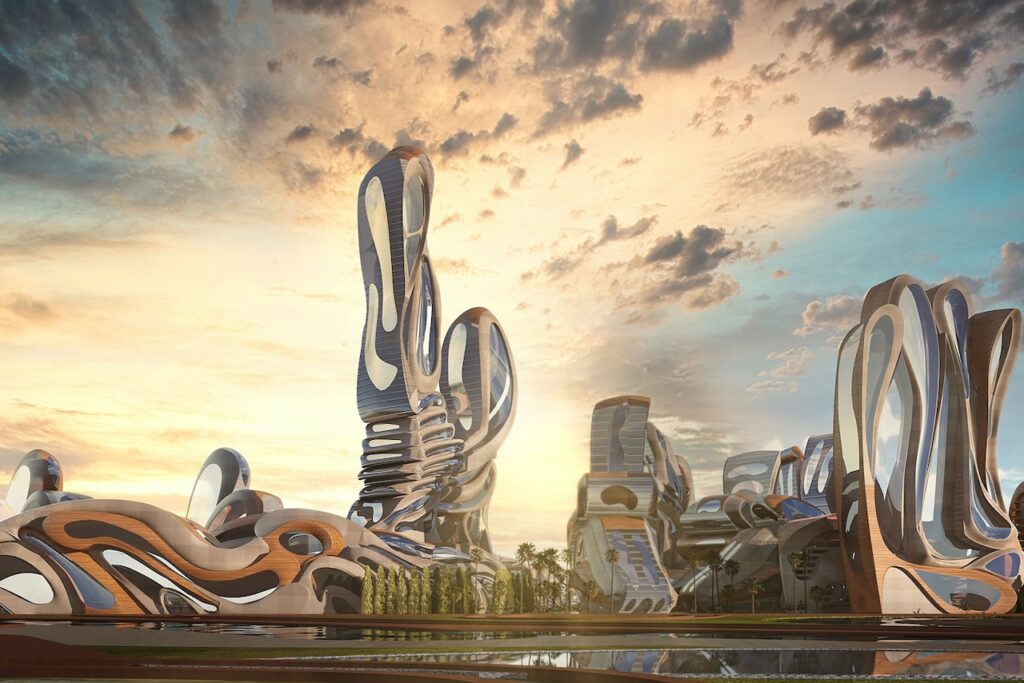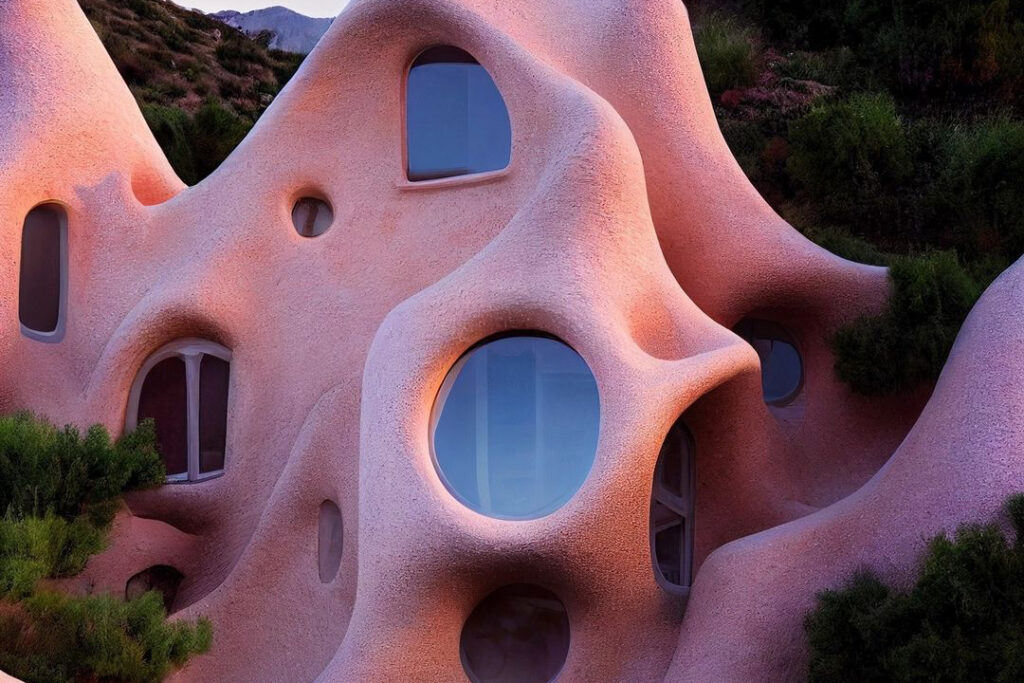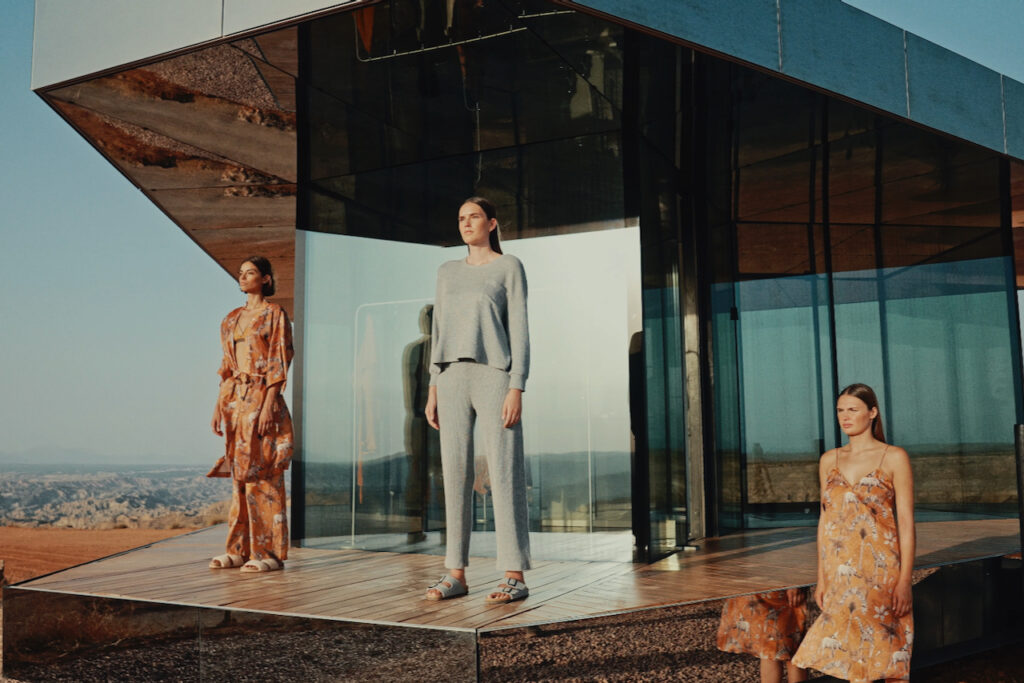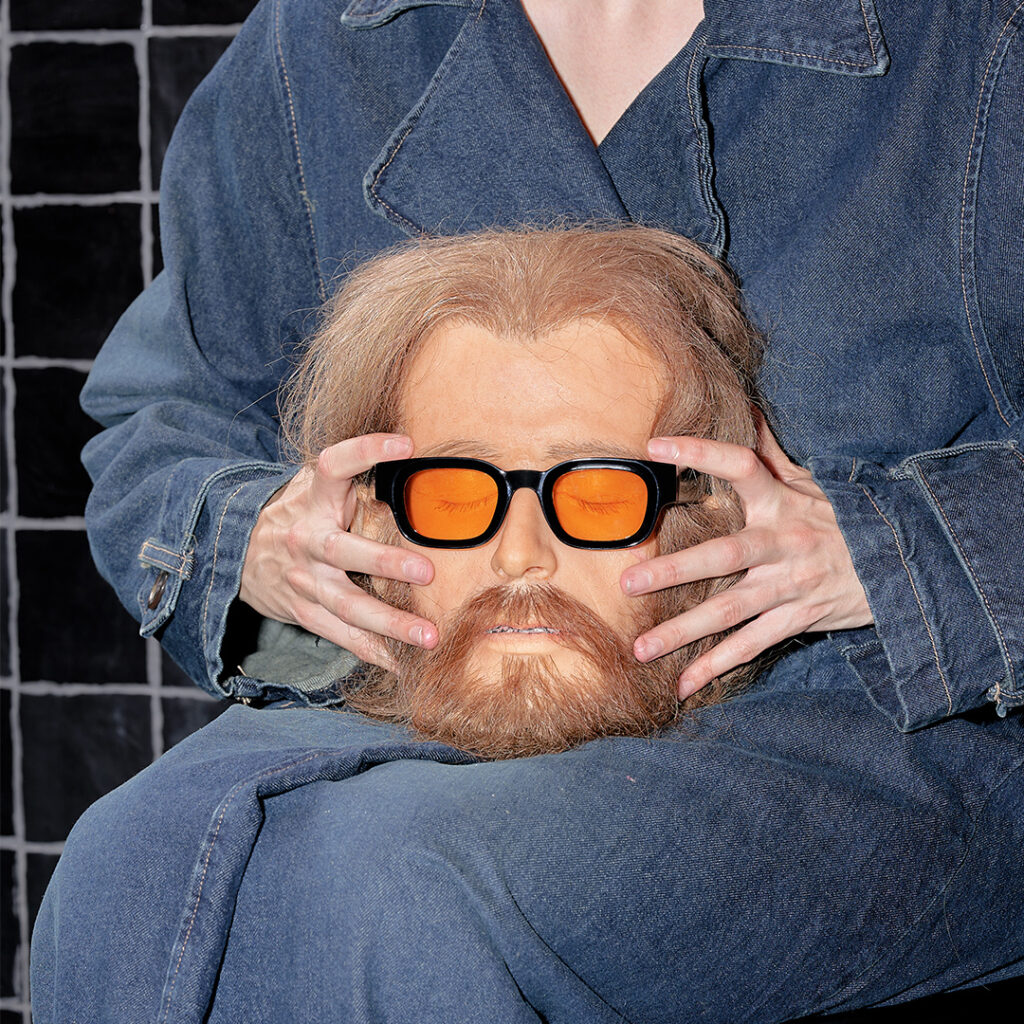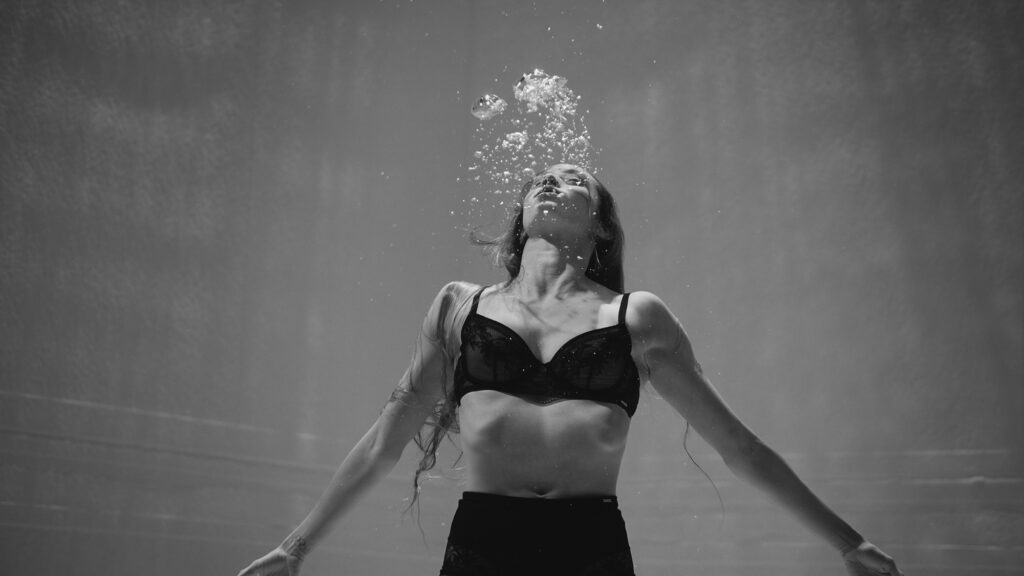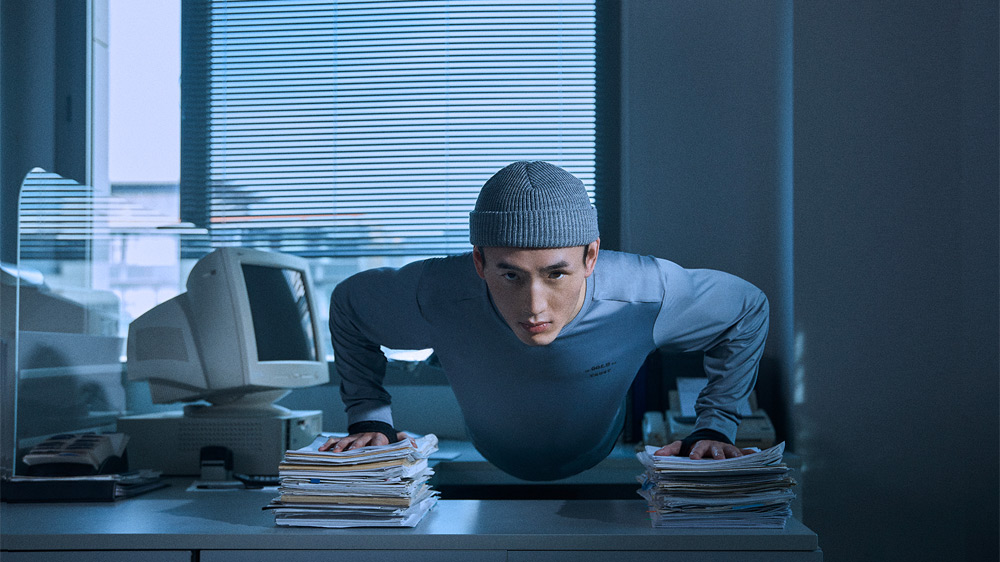Research is all well and good when you’re trying to find out more about a specific topic or happening. But what could possibly be better when it comes to answering questions that milking the answers straight from the source? That’s why we have invited 3D expert Yan Paul Dubbelman to enlighten us on the relationship between NFTs, art and usability in the digital age.
Yan Paul Dubbelman is a 3D Artist based in the Netherlands who works with 3D art and NFTs. He is currently working under the studio name This is Real to create his romantic CG art pieces that scream beyond real experience. The studio name references the much welcomed new community feeling that we create thanks to the technology.
As a digital nomad himself, Yan Paul believes that the digital verse has changed the way that humans interact with each other and this fact makes up the base of this new reality. We can’t help but agree! In this inclusive era, there are many opportunities for fresh artists to step up their game. Now, they can connect with people online regardless of the distance to collaborate and co-create together, hence the pure, raw community spirit arises.
We had a great chat with him about the possibilities that digital community-building holds and the future of the NFTs, both for the artists and for society in broader terms.
Now, let’s hear from our guest of honour: Yan Paul Dubbelman!
How have NFTs shaped your life/your creativity?
The NFT spaces force you to engage with the community and forge new contacts and friendships, this makes you identify with your art which is something I didn’t do before.
The biggest thing that shaped my creativity is this focus on community and collaboration. In the Netherlands especially, designers and artists tend to be individualistic and they can survive that way by working for big agencies but that was never for me. The NFT spaces force you to engage with the community and forge new contacts and friendships, this makes you identify with your art which is something I didn’t do before.
For me, the best projects are always a collaboration, not just between artists but also between designers, programmers, marketing people and influencers. There is so much room now for these collaborations because of the decentralised nature of crypto-currency. I can work together with someone from Indonesia, Africa and America and there’s way less friction because we’re all just working together because we’re excited about the project and there is not this hierarchical structure forcing you into uncomfortable positions. Also, legally people seem to be more flexible which I enjoy, you can get away with working together without a contract or visa etcetera, you just trust each other because you’re in the same space. A little risky but to me, that’s part of the excitement.
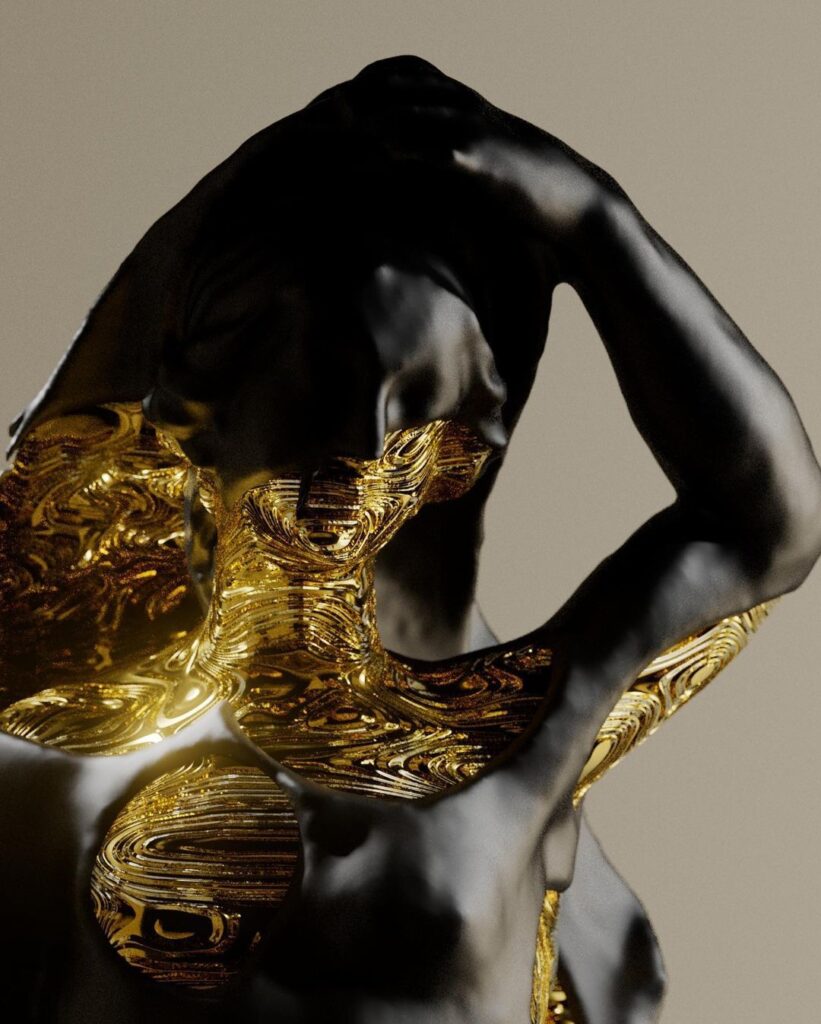
Have your inspirations changed since you started doing art on the blockchain?
No, not especially, I think I just take myself more seriously. I am planning to start travelling and meeting the people I worked with or want to work with within their countries. Besides that, I’m applying for funding to create an NFT/Crypto-only studio which is very exciting.
What purpose or use case can we give NFTs in the real world, how can we bridge the gap between material and digital?
Just like how websites and apps changed the way we interact with the world, blockchain technology and NFTs will change the way we interact with the world.
For me, there are 2 paths where NFTs can get into the real world. The first one is the collaborations I keep talking about. Especially when it can be a very focused, real-world physical meeting, get people out of their office/room/studio and make them work together on a specific topic, everyone using their own discipline. I see a real opportunity for these types of artist-in-residence type moments which will take away the distance that NFT-art has at the moment. I’m also sure that there are plenty of topics that can get funding to facilitate these types of projects. I expect NFTs to become more human, more a means to an end than just financial transactions.
Another road I can see NFTs going is when we really start to embrace their decentralised and persistent nature. The idea of selling tickets for events as NFTs is getting more widespread and I think that will eventually evolve into selling tickets to ‘clubs’. In the Netherlands we have a very multi-day festival called ‘Lowlands’, their tickets always sell out within a day, I can imagine them selling NFTs which allow you to get into a whitelist where you can get a ticket early. After the festival finishes there can be other perks if you own the NFT like micro-festivals, parties, discounts, whatever. If you then decide to sell the NFT you get your money back (plus a profit maybe), the festival gets a small cut which is good for them and the new owner knows exactly what he’s getting. I think those features are very powerful.
Just like how websites and apps changed the way we interact with the world, blockchain technology and NFTs will change the way we interact with the world. Think about a yearly festival, their tickets are 250 euros to get in. But if you buy their NFTs you get a discount on the ticket. It will become easier and easier for groups to verify your ownership of digital assets and link that to their services. I can also see a use case for third-party groups using NFTs of other projects to link to their campaigns.
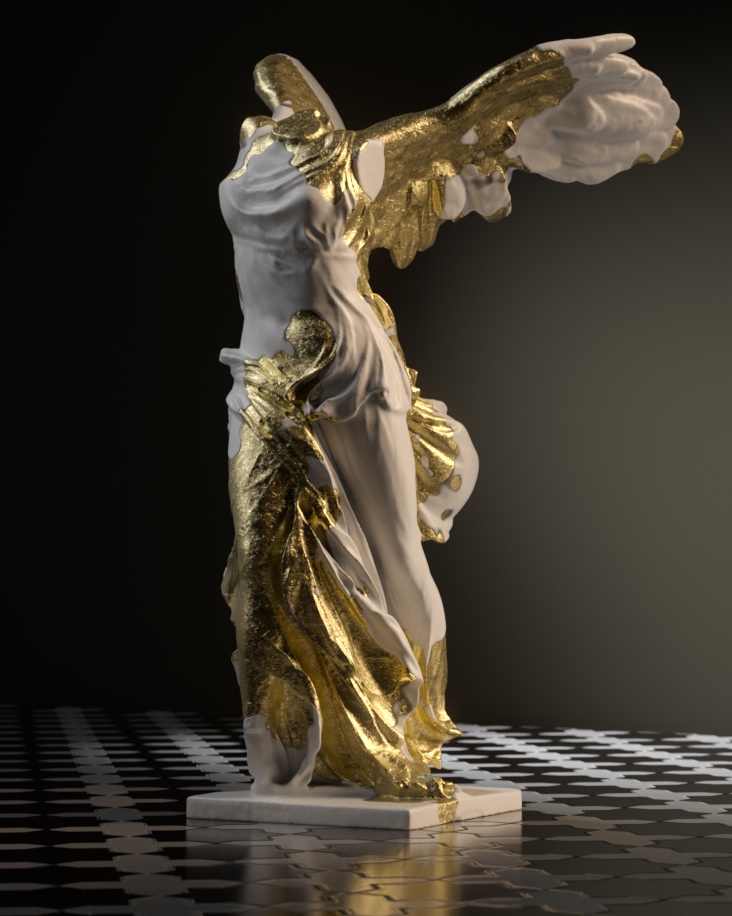
How are you giving functionality to NFTs in the real world?
You’re basically joining a world that I think is so much better than just buying and selling NFTs. It makes you feel like you’re part of a world that adds a lot of value.
Since I like to work with crypto-startups I like to challenge them to think about what their ultimate goal is. The first answer shouldn’t be ‘money’, it can be the second answer but I think every good project has a deeper goal that they’re trying to achieve.
Just recently I finished 12012 NFTs for a project called The XII, a huge project based on the Chinese Zodiac where we worked with 12 base models to create the collection. Why I liked to work on this project is that when you buy one of the NFTs you also buy into their metaverse brand which will host all kinds of different utilities from physical and digital art exhibitions to play-to-earn features into the future. Right now, they’re writing lore around the animals we created so you’re basically joining a world which I think is so much better than just buying and selling NFTs. It makes you feel like you’re part of a world that adds a lot of value.
I also made a series of animated art pieces for $KAINET, a gaming cryptocurrency. They used my NFTs as an incentive for people to stake the currency, so if you stake a certain amount over 90 days you get this Bronze NFT. There are also the Silver, Gold and Diamond NFTs which are also going to be used to reward their investors in various ways. What I think is interesting about this approach is that these NFTs are ‘given out’ as rewards or achievements which creates a whole new level of value. When their investors will look at their wallets they’ll see this Bronze Wolf that I created and feel that they’re part of something bigger which makes them buy more or hold the currency longer which is extremely important for newer crypto-projects. Utilities like these create a bigger emotional weight which I think is important for NFTs.
What is crypto culture? What values are strong in crypto culture? Why is it important to be a part of this digital culture as an NFT artist?
There are many people who don’t really fit into the traditional art world who find their place in the NFT community which is very important.
The most defining feature is the enthusiasm of the culture and while there is also a negative side to that with people being a little naive or people getting taken advantage of, this enthusiasm is the most motivating part to me. People like the idea of money, relationships and collaborations without borders and I’m the same. Every time I meet an artist working in the crypto space for a long time they seem very excited which is super motivating.
If you can find a couple of people that you mesh with properly there is a lot you can do together. There are also many people who don’t really fit into the traditional art world who find their place in the NFT community which is very important.
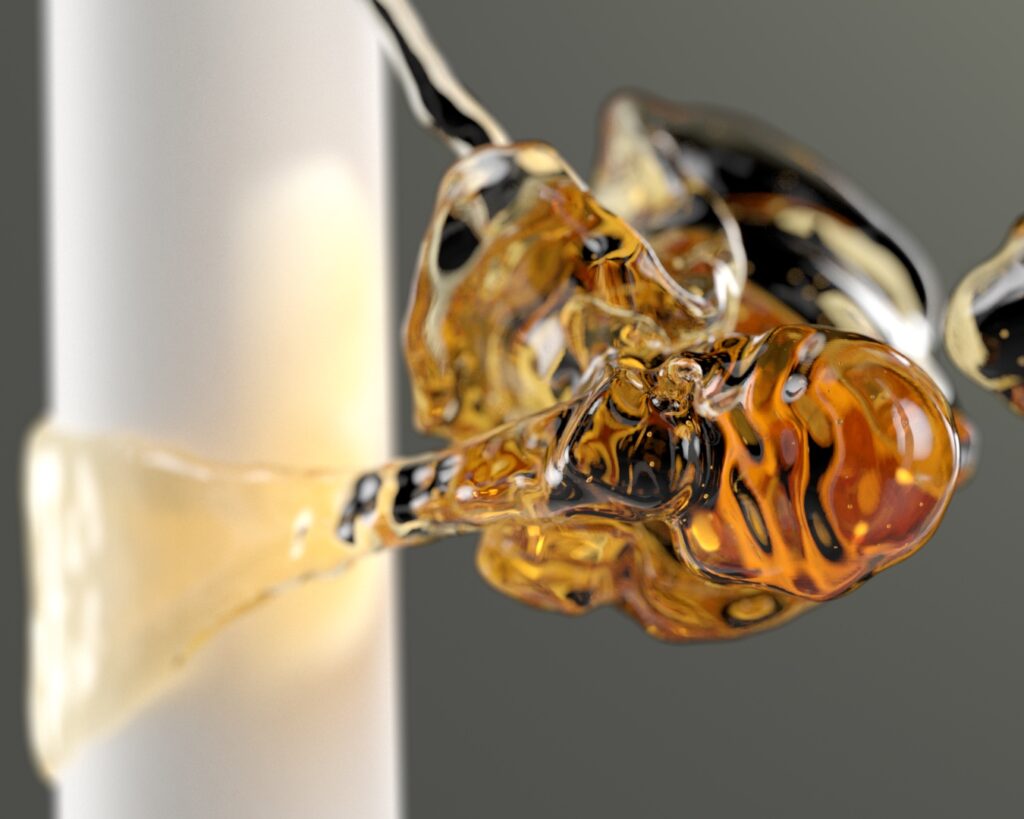
How is 3D design/art offering evolution to the art scene in general?
If you’re a 3D artist, try to work with someone who works with game engines or AR lenses, a whole new world of opportunities will open up for the both of you.
The unique thing about 3D art compared to the other disciplines is that you’re creating worlds. Instead of making something that can only be appreciated from one dimension you’re creating a digital-physical world that you can jump back into to show a different angle or keep building using the tools you’ve developed.
Like if I create a flower and render it, that looks great but I could put that into the Unreal Engine and turn it into an interactive element or I could work with a metaverse developer and then those 3D assets can be used there as well, there are just way fewer translation issues.
So, if you’re a 3D artist, try to work with someone who works with game engines or AR lenses (like spark AR), a whole new world of opportunities will open up for both of you.
The software I use is called Houdini, which is a very technical way of getting to a final design. You’re not creating the shape directly but you’re guiding the computer to the result you’re looking for, to me, this is a very natural process because I think the insecurity of the final outcome creates organic and unique shapes, which I like.
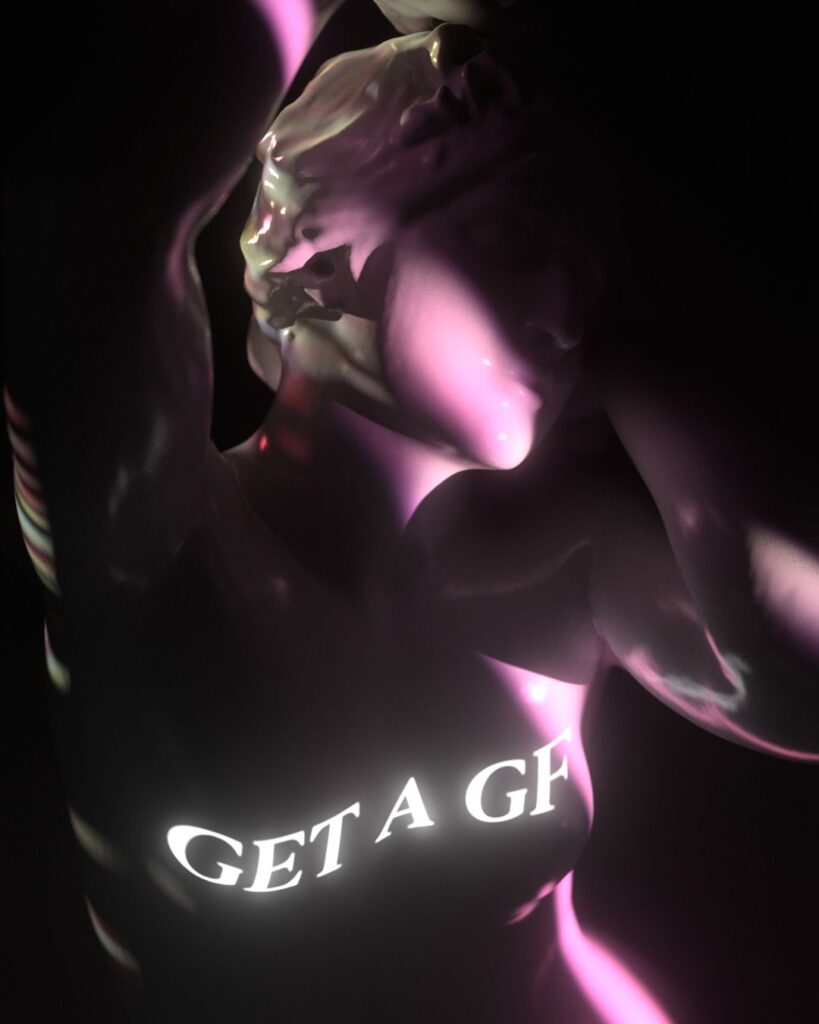
What are some other 3D or NFT artists that you are inspired by or whose work you admire?
I think there is still a big entry barrier for artists, like creating a metamask and getting an invite to Foundation is still not the most organic way to get started. Again, that’s why collabs and DAO-led projects are so important.
The first person I think about is Daria. Her work is just amazing and I’m not just saying that because I also like to make flowers. Her work is on a very high level and she’s doing the type of collabs that push our space forward. Although I don’t know her well, we exchanged a couple of messages and her story of selling those flowers while she tried to get into a safe space during the Ukraine war was also inspiring. I don’t want to put words in her mouth but I’m sure her journey would be different without NFTs, please ask her.
I also see a lot of designers who would fit into the NFT space but haven’t made the jump yet. It’s like watching dominos falling, one by one the talented artists are dipping their feet into NFTs. One artist, in particular, Yat Fung Leung, makes completely unique 3D-that-looks-2D work which I’d love to do a collab with sometimes using NFTs. I think there is still a big entry barrier for artists, like creating a metamask and getting an invite to Foundation is still not the most organic way to get started. Again, that’s why collabs and DAO-led projects are so important.
The third person I’d mention is Viia Yeon, an amazingly talented 3D artist from South Korea. Her style is just great and while she does great work for giant brands I’d like to see her do more of her own stuff, I think she dabbled in NFTs but she’d definitely be someone I’d like to collab with just because of how different her style is to mine.
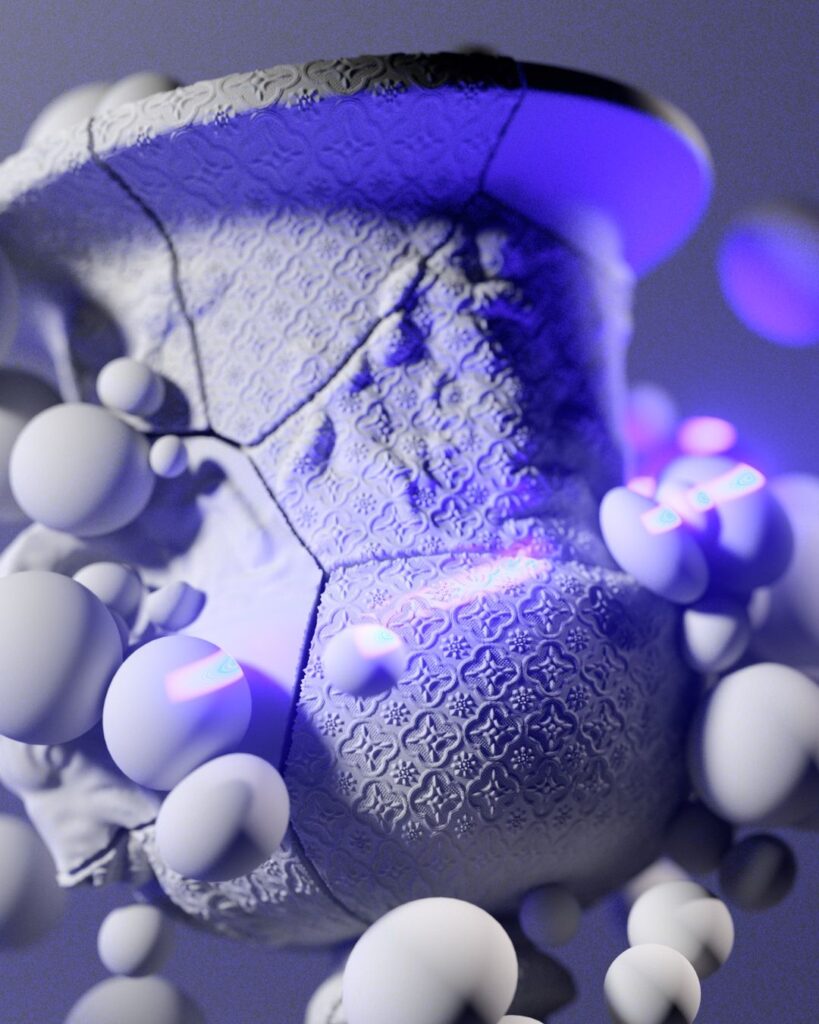
How are you funding your art? How have NFTs helped in this process?
I would say I spend about 50% of my time on those projects so I can spend the other 50% on my art and NFT projects.
I like to have a balance between what I call my “legacy clients” and NFT projects. Basically, I have a list of clients and friends for who I freelance for that pay me in euros, they know the type of projects I’m interested in and I only get called when they have something that fits my style. Since 2020 I’ve been focussing on 3D for websites, which you can see in my Cube and Innr projects. I would say I spend about 50% of my time on those projects so I can spend the other 50% on my art and NFT projects.
Although I sold a couple of personal pieces on Foundation I am most interested in collaborations and working with crypto-startups. I think there is a real lack of good designers that take crypto seriously. I see a lot of very good crypto startups and teams that have great ideas and skills and usually also a marketing budget. What they don’t have is someone who has experience in creating striking and exciting designs, so I fill that niche.
I also have experience working with government grants and subsidies so I’m quite used to finding money and funding all over the world. The subsidies I’ve received from the Dutch government and embassies abroad showed me how important it is to be able to work without having a profit motive. One of the projects I’ve done with the embassy was an international collaboration between the EU and Belarus, where 2 EU and 2 local designers create animations for NGOs. Through that project, I saw the value of ‘risk-free’ international collaboration which helped set the course for my future career.
How has self-funding affected your creative freedom?
NFTs made me realise that people appreciate the way I make my work.
The NFT space has given me a completely new look at what my creativity means and how much people do that. If you look at my Instagram page you’ll see that in my earlier posts all the images are quite clean and focus on getting new assignments but for about a year you’ll find the images becoming more artistic and romantic. That’s not something that companies generally latch onto but because of NFTs, I don’t have to chase new assignments as much.
NFTs made me realise that people appreciate the way I make my work, especially when I sold my work to BillElis. This gave me a completely new feeling, the rush of realising that people from a completely different place, who I have admired for many years, saw my work and decided to buy it. I reached out to him on Twitter and asked him why he bought my work and he said something along the lines of “I like your work and I see you’re new to the NFT space and I want you to keep going”. That’s huge, someone who you admire telling you to keep going and telling me “this is better, you can do more than just working for clients all the time”, that gives me the boost I needed to get out there and since then I became involved in the crypto-space.
Although the NFT space has changed a lot there is still this excitement of people motivating each other and I love that, completely incomparable with the cold professionalism of my ‘legacy clients’.
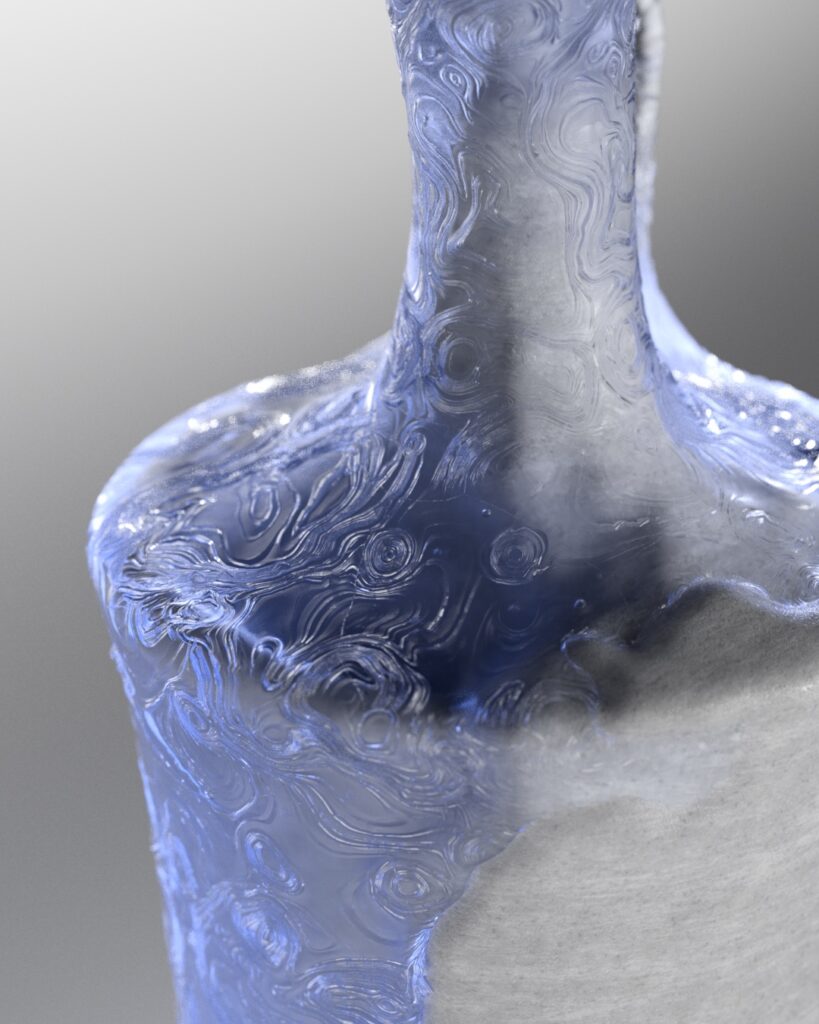
What advice can you give new 3d artists or artists?
It’s all about community. People like it when you’re genuine and enthusiastic, reach out to artists you like and start talking! If you’re on Twitter make sure to keep active and interact with communities you are interested in. For new 3D artists, don’t worry about which application you’re using, they are all very similar, plugins won’t make you a better artist. Try to look at photography and art to build a library of references. You can always reach out to me through my DMs to ask me questions if you have them.
Where do you see the future of 3D design, blockchain technology and NFTs headed to?
I hope and expect that DAOs will play a huge role in creating art collectives and “subsidise” groups of international artists to work together.
I foresee big agencies taking crypto-culture more seriously, on the one hand, that means the quality and scale will go up. On the other hand, that will centralise the culture more, the opposite of what crypto/NFTs set out to do. I hope and expect that DAOs (decentralised autonomous organizations) will play a huge role in creating art collectives and “subsidise” groups of international artists to work together. Millions of people care about art and if we come together to make sure these projects can happen without the pressure of selling our art, there is a bright future ahead.
